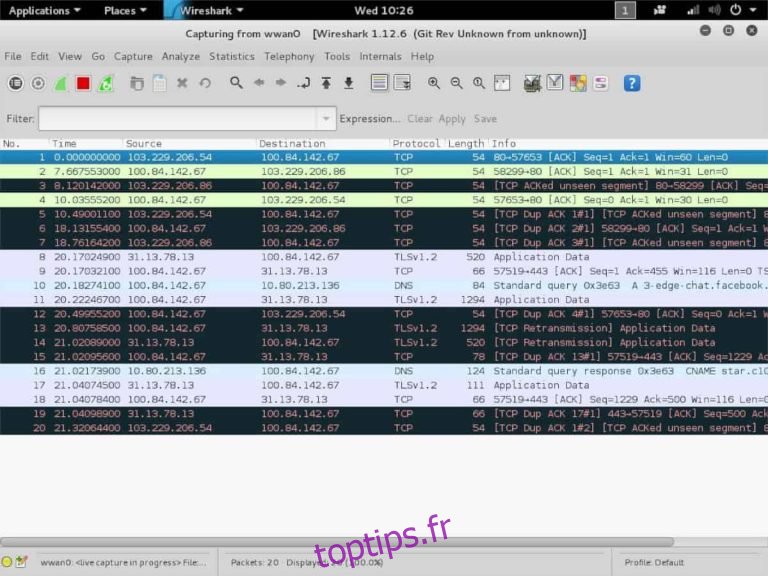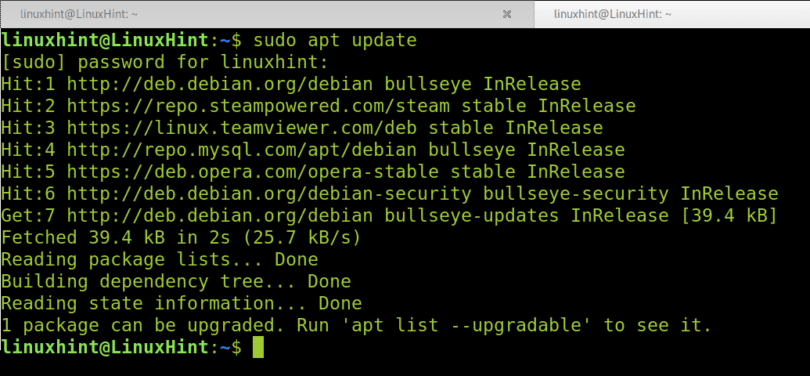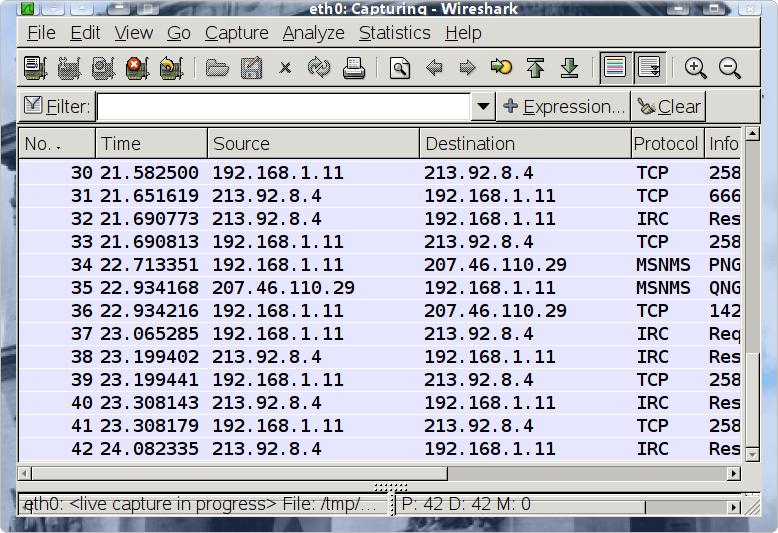

To use DHCP you need a DHCP server in your network and a DHCP client:ĭHCP, DHCPv6, BOOTP, static rvice See Router#DNS and DHCP for a comparison table. # ip route del PREFIX via address dev interface DHCPĪ Dynamic Host Configuration Protocol (DHCP) server provides clients with a dynamic or static IP address, the subnet mask, the default gateway IP address and optionally also with DNS name servers. # ip route add PREFIX via address dev interface PREFIX is either a CIDR notation or default for the default gateway. The routing table is managed using ip-route(8). If no other route matches the IP address, the default gateway is used. The routing table is used to determine if you can reach an IP address directly or what gateway (router) you should use. Tip: IPv4 addresses can be calculated with ipcalc ( ipcalc). You can run a traceroute to further diagnose the route to the host. If you receive an error message (see ping error indications) or no reply, this may be related to incomplete configuration, but also your default gateway or your Internet Service Provider (ISP). Note that computers can be configured not to respond to ICMP echo requests. For more information see the ping(8) manual. Ping is used to test if you can reach a host. Check if you can resolve domain names (e.g.9.9.9.9, which is a DNS server operated by the Quad9 Foundation and is a convenient address to test with). You can ping a public IP address (e.g.Your routing table is correctly set up.Your network interface has an IP address.The cable is plugged in or you are connected to the wireless LAN.
#Wireshark linux debian driver#
Otherwise, check the device driver – see /Ethernet#Device driver or /Wireless#Device driver. Your network interface is listed and enabled.

To troubleshoot a network connection, go through the following conditions and ensure that you meet them: is unclear, #Routing table does not explain what a correct setup looks like. So, an example would be: = 1.Reason: Step 4.
#Wireshark linux debian code#
Best security practices advise that as little code as possible should run with elevated privileges-especially when its operating at such a low level. Wireshark contains over 2 million lines of complicated code, and it interacts with your computer at the lowest level. However, installing Wireshark so that only those with root privileges can use it means all its components will run with elevated permissions. You might not want everyone to be able to see what's happening on the network.

Saying no to this might be an attractive idea.
#Wireshark linux debian install#
When you install Wireshark, you're asked whether anyone using a non-root account should be able to capture network traces.


 0 kommentar(er)
0 kommentar(er)
